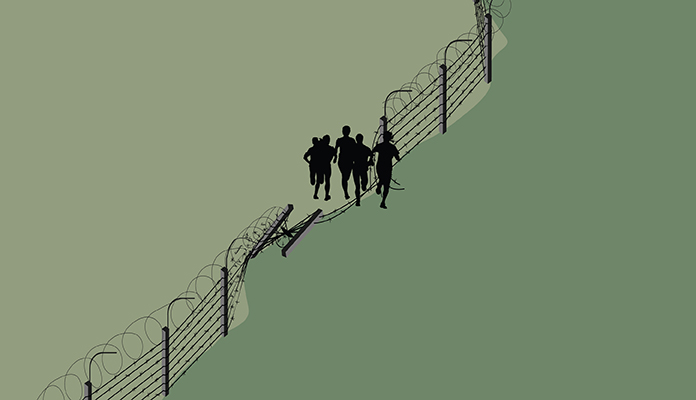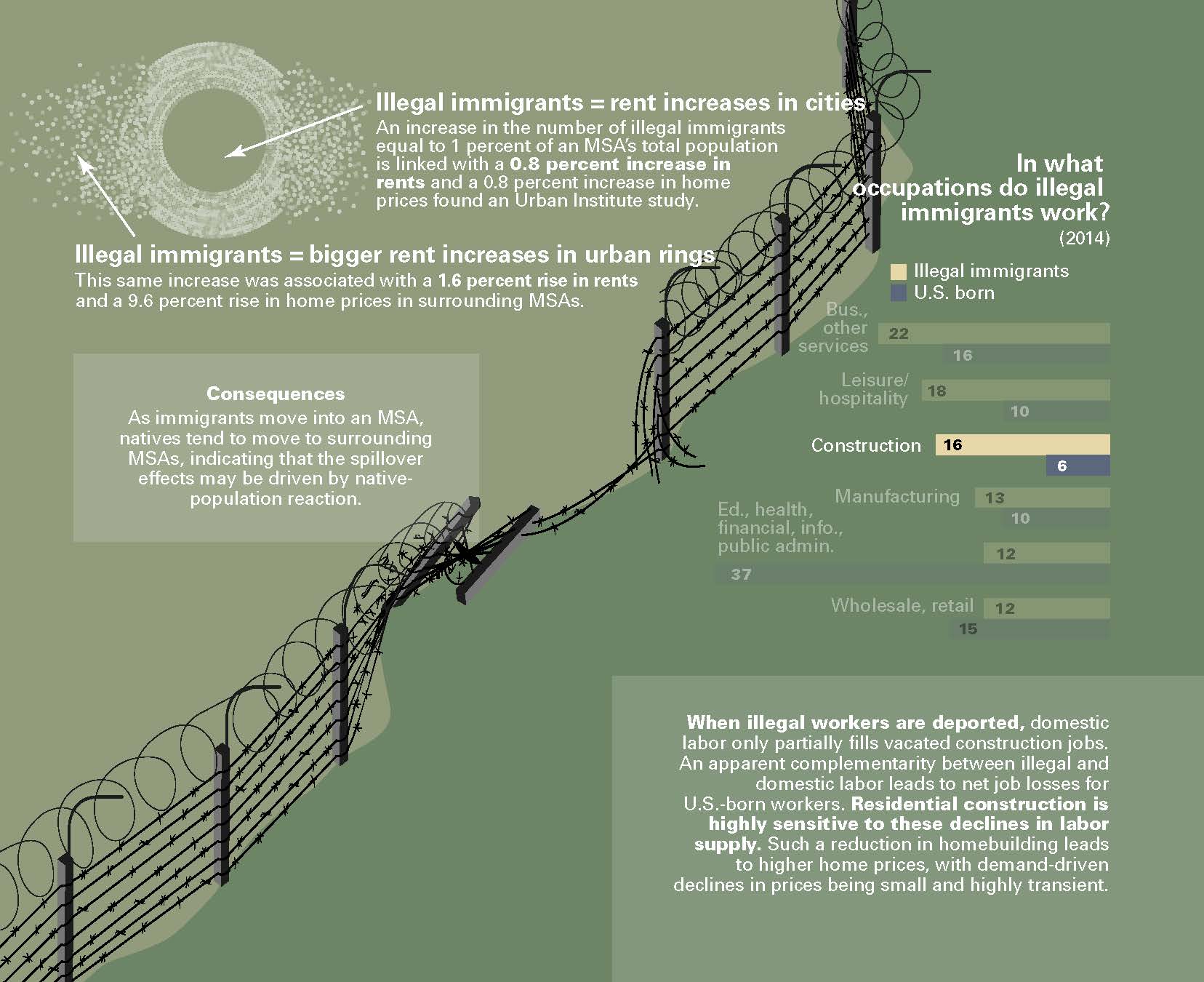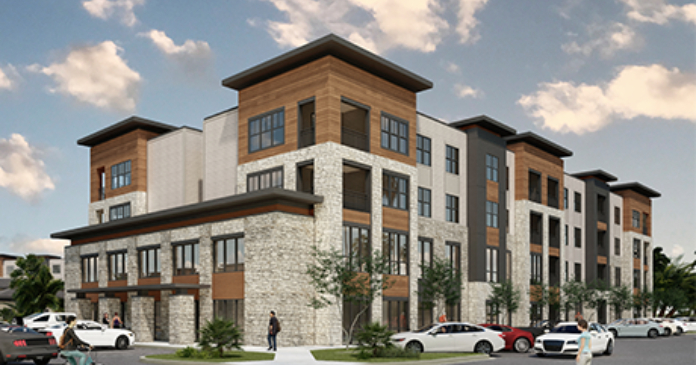In a March speech at the National League of Cities annual conference being held in Washington, D.C., Vice President J.D. Vance criticized zoning regulations for driving up the costs of housing.
“Another reason for the elevated [housing] costs comes down to zoning,” said Vance. Local governments could bring housing costs down by “being a little bit smarter about our local zoning rules.”
The vice president made clear he did not think the federal government had a role to play in influencing local and state land-use policies.
He also made clear that he thought immigration was a more serious driver of housing unaffordability than restrictive land-use regimes in recent years.
“While we made it a little bit hard to build homes in this country over the last four years, we’ve also unfortunately made it way too easy for people to compete against American citizens for the precious homes that are in our country to begin with,” he said. A transcript of his remarks notes boos from the audience.
This a common theme in Vance’s comments on housing affordability. On the campaign trail, he frequently criticized immigrants for pushing up housing costs and “massively violating” zoning laws by splitting homes between themselves.
The standard view is that Vance is right and immigrants (at least in the short term) do increase housing costs by pushing up demand for a relatively inelastic supply of homes. There is, however, some research arguing that it’s immigration enforcement, and not immigration, that drives up housing costs by reducing the home construction work force.
Regardless of where one falls on that question, there need be no inherent conflict between immigrants’ and native-born Americans’ demand for affordable housing.
Even in the relatively short term, developers will respond to higher demand by building more units, so long as land-use policy is permissive enough to allow additional supply.
Vance acknowledges this point himself in his speech in referencing Austin, Texas.
Said Vance, “In Austin, you saw this massive increase of people moving in. The cost of housing skyrocketed. But then, Austin implemented some pretty smart policies, and that brought down the cost of housing, and it’s one of the few major American cities where you see the cost of housing leveling off or even coming down.”
If new supply can mitigate the upward housing cost pressure created by population growth in Austin, it can do the same for the country as a whole. That’s true even if it’s immigrants creating the population growth.
Graph data: Percentages calculated from unrounded numbers. Rankings based on unrounded percentages. Displayed industries correspond to census bureau classifications for major industry groups. Names shortened for display purposes. See methodology for full Census Bureau classifications. Size of U.S. illegal immigrant workforce stabilized after the great recession. Source: Pew Research Center estimates based on augmented 2014 American Community (IPUMS); How does immigration into the U.S. affect the country’s housing market? 5-31-2017, Housing Matters, Urban Institute

















